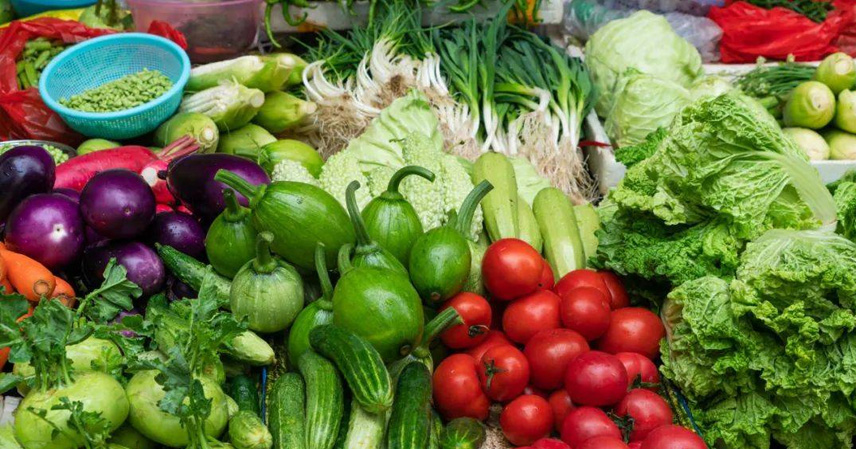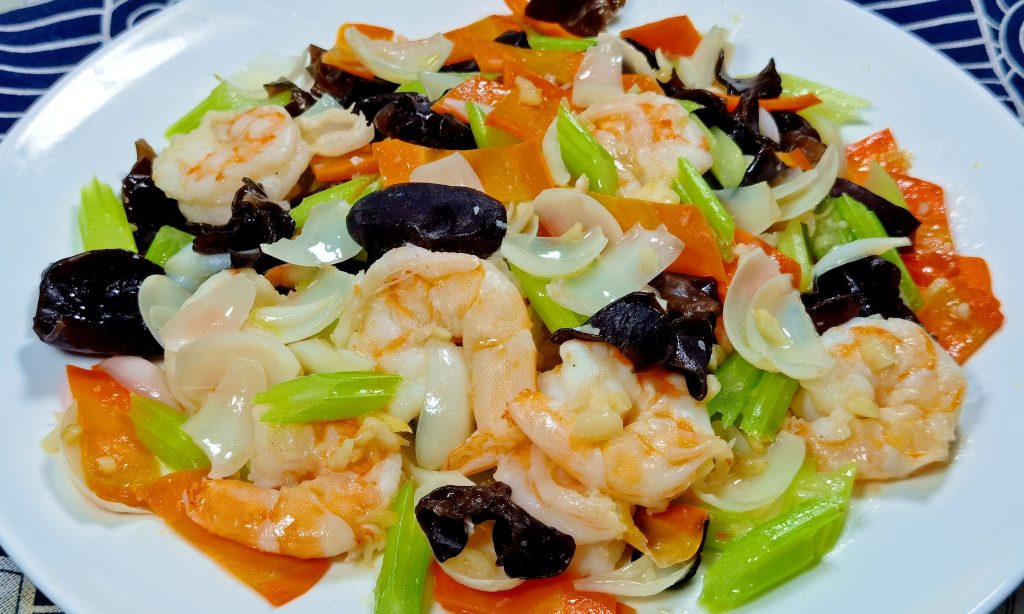Vegetables are a staple on most Chinese tables. In Sichuan, whether cooking at home, dining at a street stall, or attending a fancy banquet, you’ll find plates of pure veggie dishes—lettuce in spring, hollow-heart greens in summer, cabbage or lettuce stems in fall and winter. In contrast, Western countries, especially in Europe and America, seem to eat far fewer fresh vegetables, particularly greens, sticking to a repetitive rotation of tomatoes, lettuce, cucumbers, onions, and potatoes—often treating potatoes as a main dish. Data shows China leads globally with a per capita vegetable consumption of 383 kg, far outpacing others. How did China achieve this veggie abundance? The answer lies in the transformative “Vegetable Basket Project”.
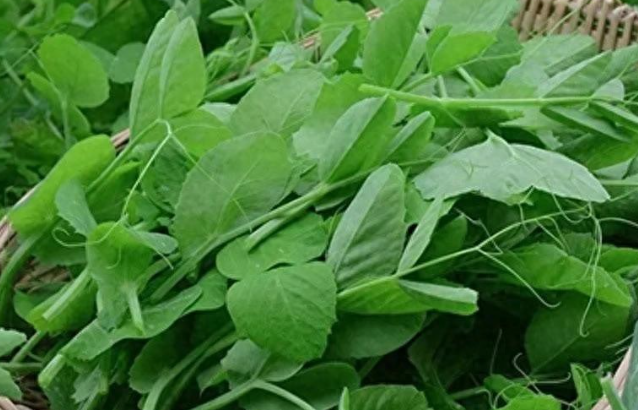
A Time of Scarcity: The “Old Three” Vegetables
In the 1970s and 1980s, China’s vegetable supply was limited, especially in the north. Winters meant a monotonous diet of cabbage, tofu stew, or pickled radish. Potatoes were a rare treat. Families stockpiled hundreds of pounds of cabbage, stacked like walls, wrapped in quilts to survive frost. In the south, some greens were available, but variety was sparse. Fruits were luxuries—apples were hard to come by, and kids’ snacks were basic sugar-dye popsicles. Few could imagine today’s markets overflowing with hundreds of vegetable varieties, where watermelons in winter and strawberries in summer are now commonplace.
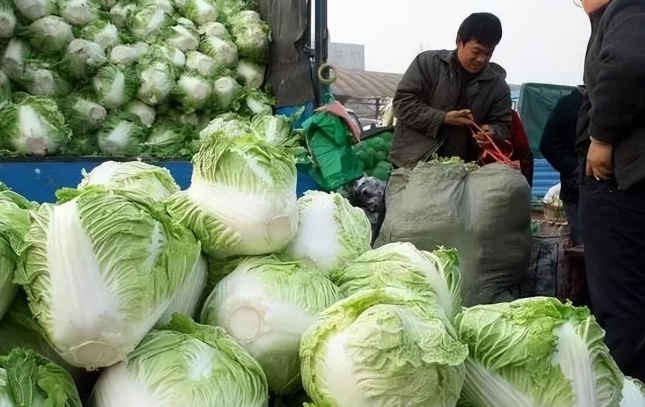
The Vegetable Basket Project: A Game-Changer
The turning point came in 1988 with the launch of the Vegetable Basket Project by China’s Ministry of Agriculture. This unassuming initiative revolutionized Chinese diets. From 1988 to 1993, it tackled urban food shortages by establishing 2,000+ wholesale markets, vegetable bases, and supply chains. Beijing housewives began seeing fresh spinach in winter markets; Shanghai breakfast stalls offered meat buns instead of plain pickles. Schools introduced mid-morning snacks—milk, eggs, and buns—infusing early warmth into the project’s mission to improve livelihoods.
Post-1993, the project expanded to rural areas. Shouguang, Shandong, became a greenhouse hub, supplying Beijing’s plates. Linyi’s vegetables hit Shanghai markets overnight via new highways. Farmers learned to grow cucumbers longer and tomatoes sweeter, with slogans like “Grow vegetables to get rich” painted on village walls—a vivid testament to the project’s grassroots impact.
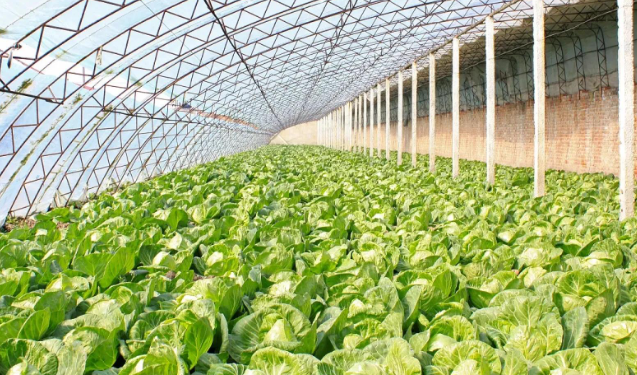
From Quantity to Quality: Science and Resilience
By 1999, the focus shifted to quality. The “Pollution-Free Agricultural Products” campaign introduced pesticide residue testing in markets. Shoppers began asking, “Does this vegetable have a safety report?” This push for trust was critical amid global challenges. In 2003, the Big Four grain traders tried to choke China’s soybean and wheat markets. China Grain Reserves Corporation countered with strategic wheat releases, forcing the traders to back off by 2008. This taught a lesson: seed sovereignty is key. Since then, agricultural institutes turned greenhouses into “magic labs”, breeding salt-tolerant tomatoes and desert-grown watermelons sweeter than standard varieties.
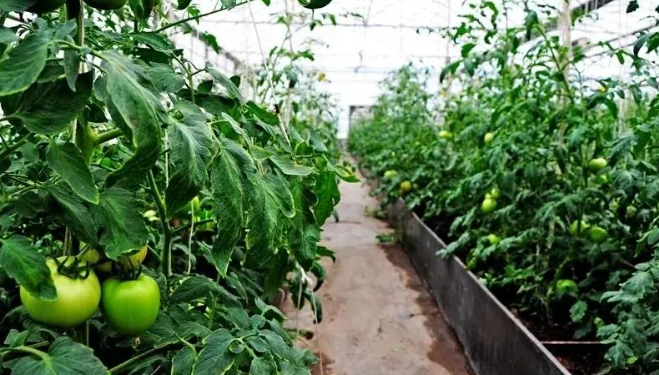
Smart Farming: Technology Meets Tradition
Post-2010, the project embraced tech. Farmers used smartphone apps to control greenhouse temperature and humidity, guided remotely by experts. Drip irrigation in Xinjiang’s desert maximized water use; deep-sea net cages in Hainan boosted seafood. The 2021 Seed Industry Revitalization Plan brought colorful peppers, mini pumpkins, and seaweed farms to tables. Even mushrooms—from king oyster to white jade—crowded supermarket shelves, showcasing microbial innovation.
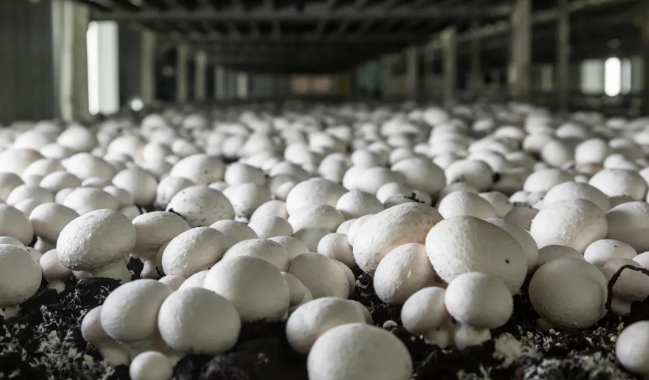
Global Contrast: China’s Veggie Pride
Foreigners dining in China marvel at vegetable-laden tables, joking, “You Chinese love veggies too much—we’re not rabbits!” Picking up a spear of asparagus, I reply, “This isn’t rabbit food—it’s 40 years of confidence in our way of life.” The 70s and 80s generation, once hauling cabbages, now cooks diverse veggie dishes for their kids. Breeders turn “ton-per-acre fields” from dreams to reality. Drivers deliver Hainan lychees and Xinjiang grapes nationwide. These efforts make China’s table the world’s most abundant.
Next time you pick up a fresh vegetable, consider its story—a nation’s commitment to its people and countless lives dedicated to better living.
References:
- Ministry of Agriculture reports on the Vegetable Basket Project (1988–2021)
- Data on Chinese vegetable consumption (FAO statistics, 2025)
- Shandong agricultural innovation case studies

